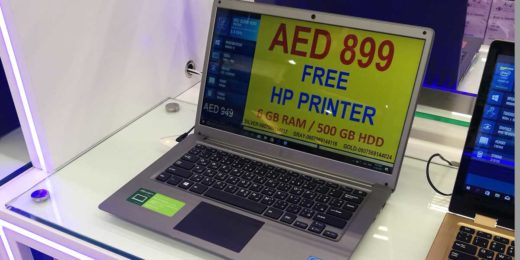Part 2 of the series of E-commerce 101 articles looking at the benefits of an omnichannel strategy – New Business Models…
E-Commerce and the ability to sell to customers around the world using online payment tools is a very disruptive technology. There is no doubt that the internet has fundamentally changed the way some industries work, in some cases leading to the end of the way things have been done for centuries – you wouldn’t want to be selling print advertising at the moment!
Ecommerce allows companies to rethink the way they do business – from payments to delivery. With the rise of smartphone use, the customer has a ‘remote control’ for your business.
Here are some of the ways that Ecommerce powered business models might benefit you.
Channel Strategy.
In the Middle East, the distribution of many goods and services are controlled by distribution contracts that are aggregated or centralised in trading companies or groups. Many of these agreements are quite old and pre-date the concept of Ecommerce.
Several distributors in the GCC have used Ecommerce as a way of selling direct to the consumer (Hatifkom.com, VisionE Boutique), creating new consumer facing brands and setting up online shops. This allows for a higher margin, as the ‘middleman’ is removed.
Logistics and Stock.
An Omnichannel strategy allows for new ways for stock to be delivered through your supply chain from source to consumer.
The concept of ‘Drop-Shipping’ has become popular with online merchants who don’t have warehouses and instead get the manufacturer to deliver directly to the consumer when an order is placed.
This approach to stock and inventory allows for ‘Long-Tail‘ catalogues to be offered to customers. Amazon can offer books that are not kept in a store or a warehouse, giving a better choice to consumers than a local brick-and-mortar store ever could.
E-commerce also allows retailers to consolidate orders and deliver them more efficiently using logistics algorithms that make the best choices about which carriers to use.
Some online success stories have created businesses where they own no inventory at all. Marketplace sites like Souq.com and Customer to Customer (C2C) sites like Dubizzle aggregate sellers who fulfil the orders directly.
Payments
In the Middle East, about 70% of online transactions are ‘Cash on Delivery’, which imposes huge costs on retailers. The use of new payment methods is increasing – and companies that can convince their consumers to use these methods benefit from better cash-flow and less friction in the customer journey.
Services like Careem, allow customers to save credit card details and be billed automatically at the completion of a ride.



No Comments